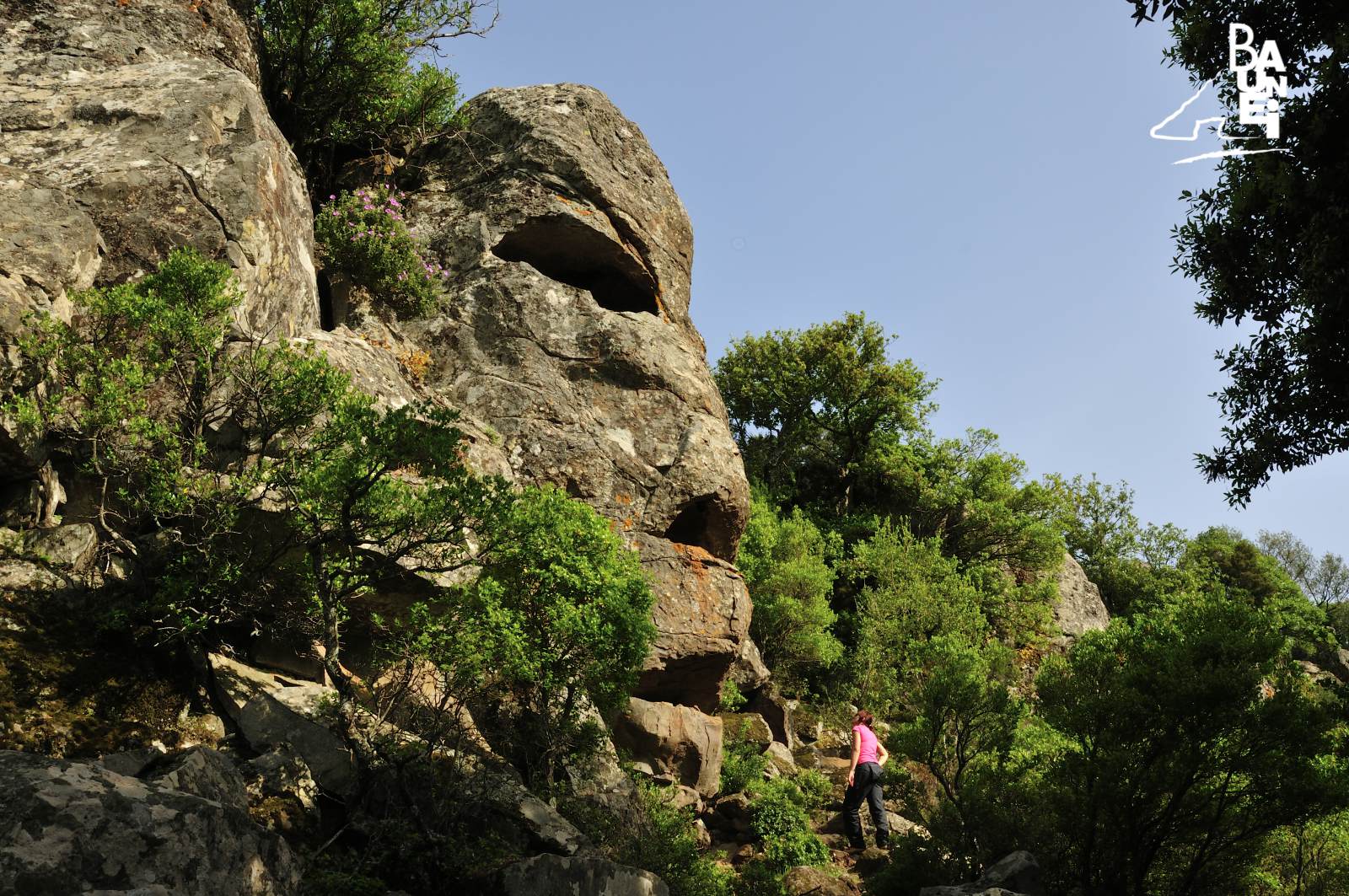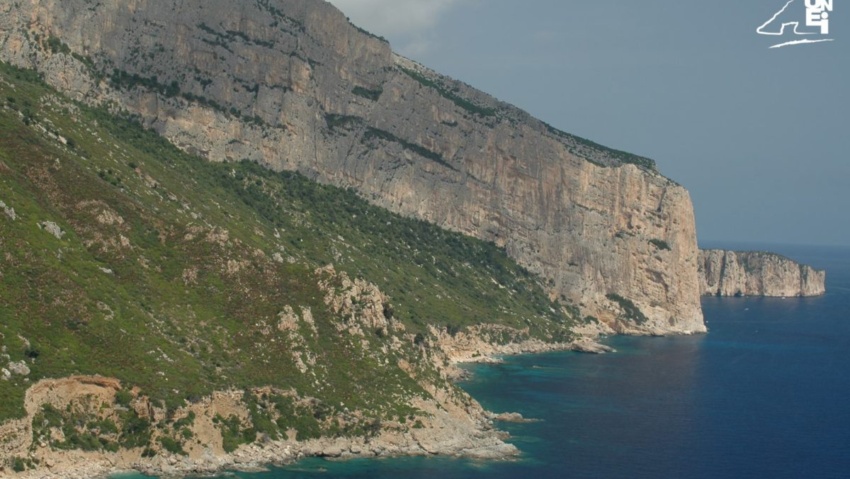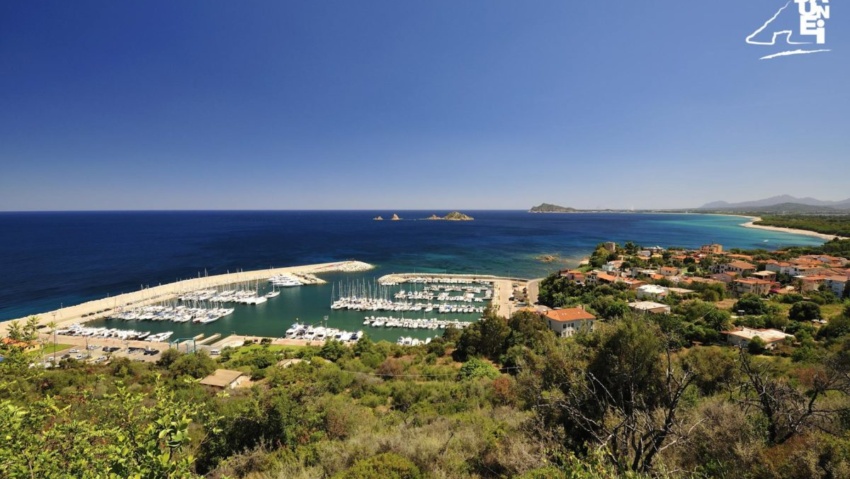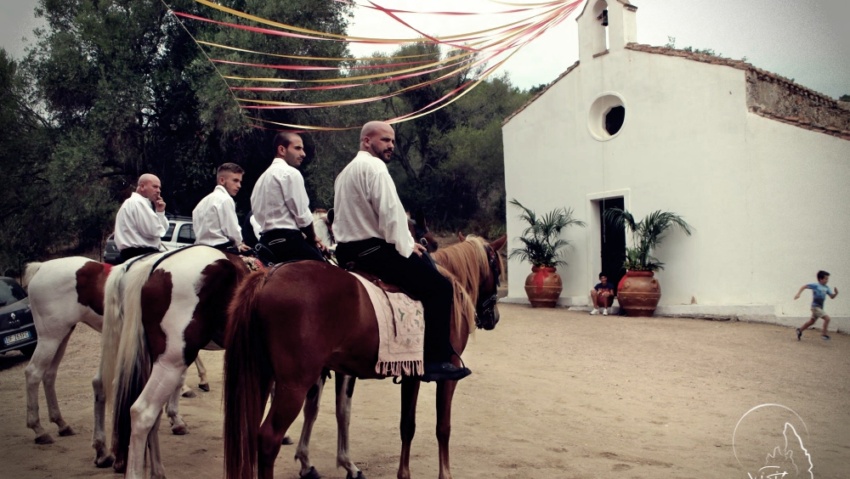The “Stone Mask”
La The “Stone Mask” of Golgo, also called the “Lithic Face”, is a basalt wall that reveals a surprising anthropomorphism when viewed from a certain point on the path below: it is a bizarre result of erosion on the rock caused by atmospheric agents. The rocky wall, about ten metres high, on which the rain and wind have traced human features, almost defining the eyes, nose and lips in detail, is located on the eastern side of “Baccu Dolcolce”, behind a basalt ridge a few metres from “Il Rifugio” agritourism (built in the early nineties as part of an expansion programme of the Golgo plateau’s accommodation facilities).
The “Stone Mask” is easily accessible via a path that starts in the square of the “Shelter”, thanks to the fact that the operators of the facility have restored a spectacular juniper “staircase” that permits travellers to negotiate the escarpment flanking the unique rocky wall with ease. As well as taking a look at the strange basalt face, visiting the place is worthwhile because a few metres below the “Lithic Face” is a narrow chasm (“nurra”, in Sardinian) with an entrance no more than five metres across. The “nurra”, over 120 metres deep, known among caving enthusiasts as “il Golghetto”, is known to the herdsmen of Baunei as “Sa Nurra de Genna Sarmentu”. Not far from the “nurra” is the last part of “Baccu Dolcolce”, where the “Codula di Sisine” begins, the bed of a torrential river that stretches from Golgo to the sea, flowing out into the homonymous “Cala Sisine”.
Where the Baccu Dolcolce flows into the codula has always been considered an important point of access to the Golgo plateau and is called “Genna ‘e Sarmentu”, which means “Gate of Wild Grapes”; according to another interpretation, name means “Genna ‘e S’Armentu” (“Gate of the cattle, the livestock”, in Sardinian). On the opposite side to that of the “Stone Mask”, a fifteen minute walk from the “nurra”, are the ruins of the “Nuraghe di Genna Sarmentu” (made of basalt stone), which still has a dozen shelves that constituted the terraced crown protruding from the ramparts. The nuraghe is usually referred to as the “Nuraghe Alvo” (“albu” means “white”, in Sardinian) in guidebooks, a name that in theory should refer to the ruins of another nuraghe, made of limestone, which is higher up on the ridge.
CONTATTI
Via San Nicolò, 2 – 08040 BAUNEI (Sardinia, Italy)
infopoint@turismobaunei.eu
+39 349 5462583
